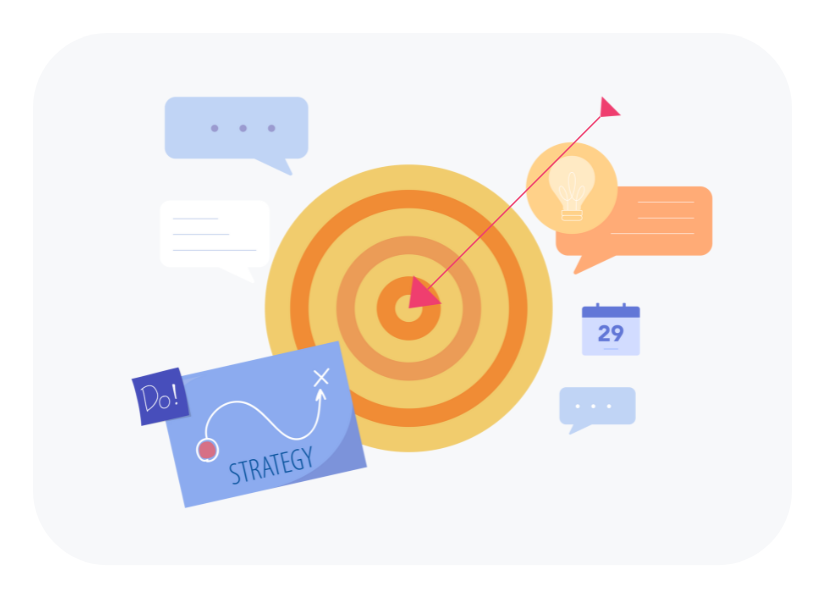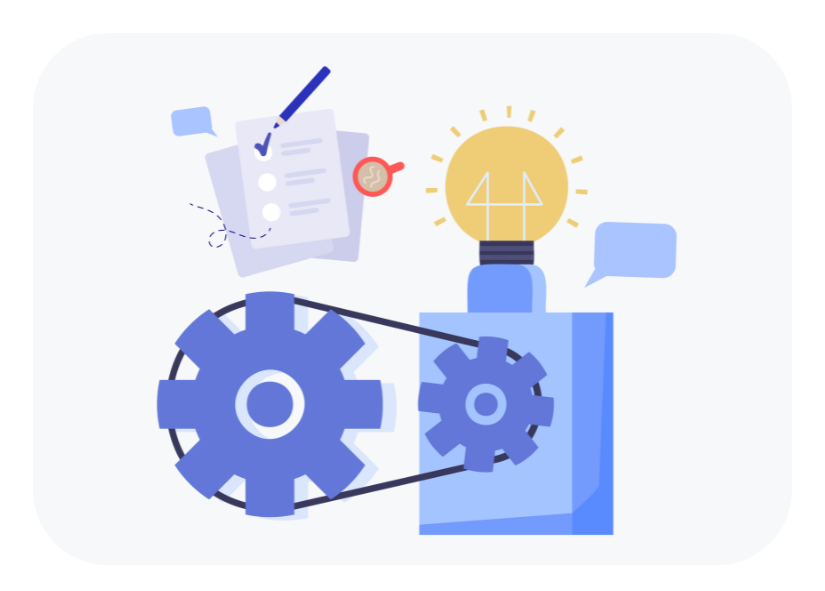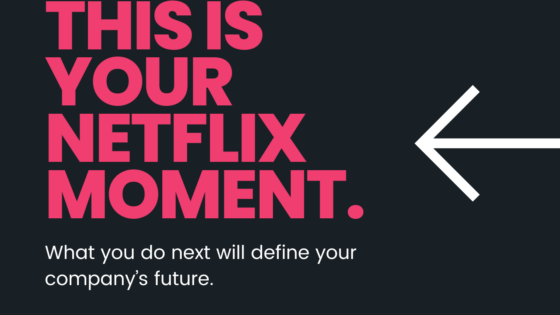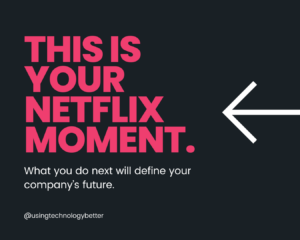
When things don’t go to plan with technology in the classroom, educators need to know they can rely on someone to help them out. They also need to be confident that their technology environment won’t suddenly change unexpectedly – that things that worked last lesson will suddenly be blocked or broken today.
These two things are a key part of helping all educators (not just innovators and early adopters) experiment with technology. Knowing that someone has ‘got your back’ makes a big difference in people’s willingness to try new things. So does knowing that the technology is unlikely to let you down in front of a class of students.
Having a customer-focussed, well-resourced and supportive IT department is the keystone to creating this type of confidence. Yet, too often, IT support in schools is seen as a necessary evil which takes up funding that could be better spent on more important areas. Hence, it’s treated as low priority and funded and staffed as minimally as possible. All the while being expected to provide and support a technology environment with needs that rival that of many medium-to-large businesses.
Some schools have to share IT support staff, meaning they have on-site support only a couple of days a week. Hiring IT staff is also where a lot of schools go wrong. Support staff tend to be selected based on their technical expertise, not their customer service abilities. The end result is technically-focussed IT staff with a backlog of work and little time or desire to engage with, reassure and support the educators who need it most.
[bctt tweet=”Your IT department is the keystone to giving educators the confidence to experiment with technology” username=”samvardanega”]
Many schools now appoint teachers to eLearning roles in an effort to provide pedagogical-focussed guidance and support for technology integration. However, if these teachers also maintain a significant teaching load, they too are spread very thin and will struggle to help everyone. Invariably this means some of their colleagues who need the most support (it’s often those that don’t ask) will be left behind. As such, these eLearning roles cannot and should not be seen as a replacement for decent IT support.
So, what can be done to overhaul IT support to better support educators and administrators in our schools? Here are my four key improvements:
Hire the right mix of IT staff
The best IT departments have a mix of very technically capable people (eg. network administrators) and technically-savvy customer-focussed people with high levels of initiative. The former keep everything running smoothly behind-the-scenes. The latter provide the helpful and friendly person-to-person support that educators sorely need.
These customer-centric staff are the ones answering the phones, responding to support requests and dashing into classroom to help educators solve problems. They listen, understand and work with teachers and administrators to restore their confidence when things go wrong. These are the people who’ve got your back. They also work closely with eLearning staff to understand and anticipate the school’s needs and help plan new initiatives.
The key to hiring the right person for a customer-facing IT role is finding someone that is both technically capable and has excellent interpersonal skills. They don’t need to be able to rebuild a server, but they do need to be great troubleshooters and problem solvers. Technical skills are relatively easy to learn, it’s much harder to develop people’s customer service abilities.
Provide IT staff with professional development opportunities
Give your IT support the opportunity to engage with the world of education technology and integration. Let them see what’s out there and how educators are using it. Just because they’re not educators themselves, it doesn’t mean they won’t benefit from attending PD about education technology.
Getting IT staff and educators on the same page is very worthwhile. Too often, educators complain that they attend education technology conferences and get great ideas, but can’t implement them because ‘IT won’t let me/don’t get it/block it/ban it’ etc.
So let’s get IT staff attending the same conferences to see and hear the impact these tools can have on teaching and learning. Let’s give them opportunities to network with their colleagues at other schools to share ideas and discuss overcoming challenges. This will also give them the knowledge and skills they need to effectively support their educator colleagues in trying new things.
At the very least, your customer-facing IT staff should be given these opportunities. If they don’t exist, or don’t have much influence on decision-making, send your technical staff along too.
[bctt tweet=”Why your IT staff should be attending EdTech conferences too” username=”samvardanega”]
Establish consistent communication channels
Communication channels between educators/administrators and the IT department need to be consistent and reliable.
Put simply, if your school does not have an effective system for reporting and tracking IT requests, then it should. Educators and administrators need to be confident that when they request something to be done, someone will record their request and let them know how it’s progressing. Otherwise things may not get fixed or fulfilled in a timely manner (if at all), subsequently eroding confidence in the IT environment and staff. When confidence is low, the majority of people will be more reluctant to take risks with technology.
There also needs to be a clear process for how IT support communicate planned and unplanned outages, disruptions and problems. If the wireless network goes down, let people know as soon as possible (and NOT by email!). If the Department or District makes a change to website filters, let people know. If a school system is getting a new look courtesy of an upgrade – let people know! I think a good rule of thumb is that if someone has to ask for an update, you have been too slow to communicate.
Keeping surprises to a minimum and acting proactively when something unexpected happens gives everyone in the school confidence that their IT services and facilities won’t let them down. And, you guessed it, this means they’ll be more likely to feel comfortable incorporating technology into their classrooms.
Create a culture of respect between IT and educators
It’s a sad reality that educators and IT support staff can have a negative relationship. Educators can see their IT department as unresponsive, unhelpful, difficult to deal with and sometimes even intimidating or condescending. IT staff can view the majority of educators (and administrators) as demanding, unappreciative people who don’t know what they’re doing and then blame IT when things go wrong. The innovators and early adopters might be seen as self-righteous know-it-alls who make life difficult by pushing the boundaries.
Yes, I’m painting a worst-case picture with the above, but these attitudes and stereotypes do exist and probably more frequently than we’d like to admit. They do nothing to help the technology integration efforts of educators or the job satisfaction of IT staff.
If educators feel they will be admonished every time they have a problem, they’ll eventually stop calling IT and give up trying to use new technologies. If IT support staff feel like second-class citizens who bear the brunt of educator’s frustration, they’ll avoid helping them to solve problems. It’s a lose-lose situation for everyone.
[bctt tweet=” An effective school IT department needs the right mix of staff, PD, communication channels & respect” username=”samvardanega”]
Instead, educational institutions need to foster a culture of mutual respect between the IT department and the rest of the staff. Implementing the three other improvements I have stated above is a great start to this journey.
The more IT support staff communicate with educators, understand their needs and offer timely assistance when things go wrong, the more respect they’ll earn. Similarly, the more educators treat IT staff like valued colleagues, the more assistance and willingness they’ll get in return.
I truly believe that when schools pay due attention to their IT departments and staff, it can make a big difference to the success of their technology integration efforts. Ensuring all staff have ongoing, helpful and timely support will increase their confidence and make them more likely to experiment with the technologies available to them.
Want help bridging the gap between your IT team, school teachers and leaders? Check out the eReadyTM Certified Schools program
I know there are some schools and universities out there doing a great job of their IT support. I’d love to hear your stories of success and lessons learnt.

















